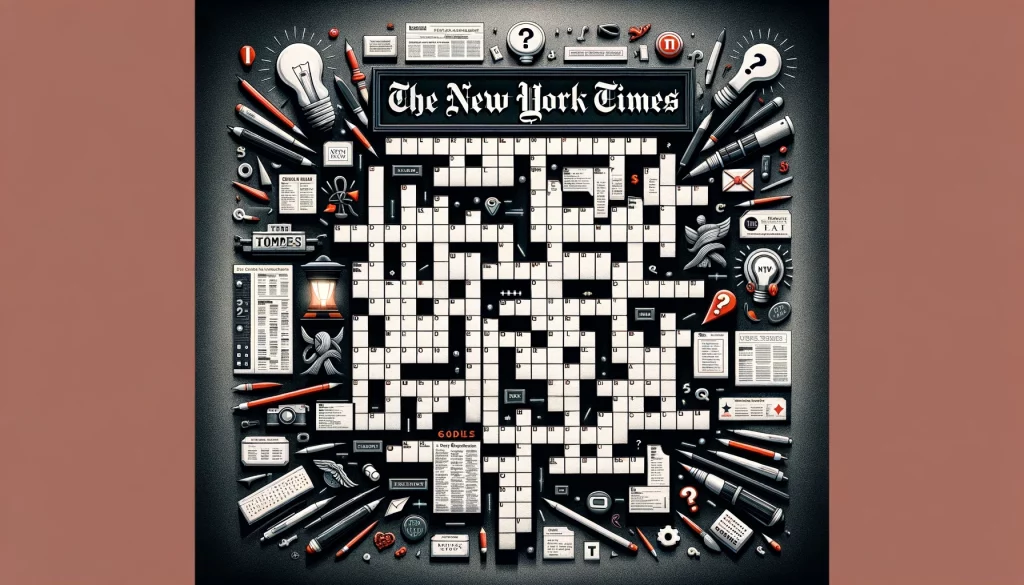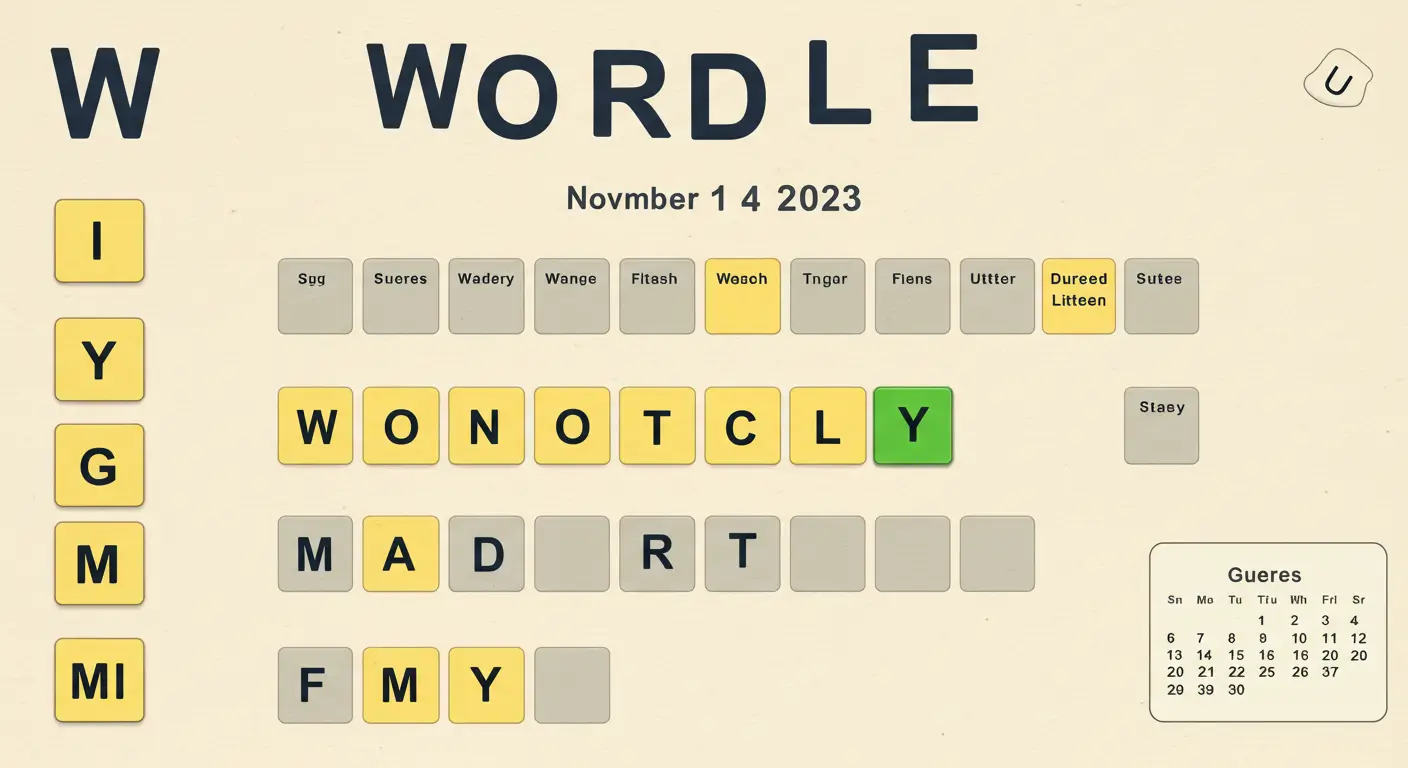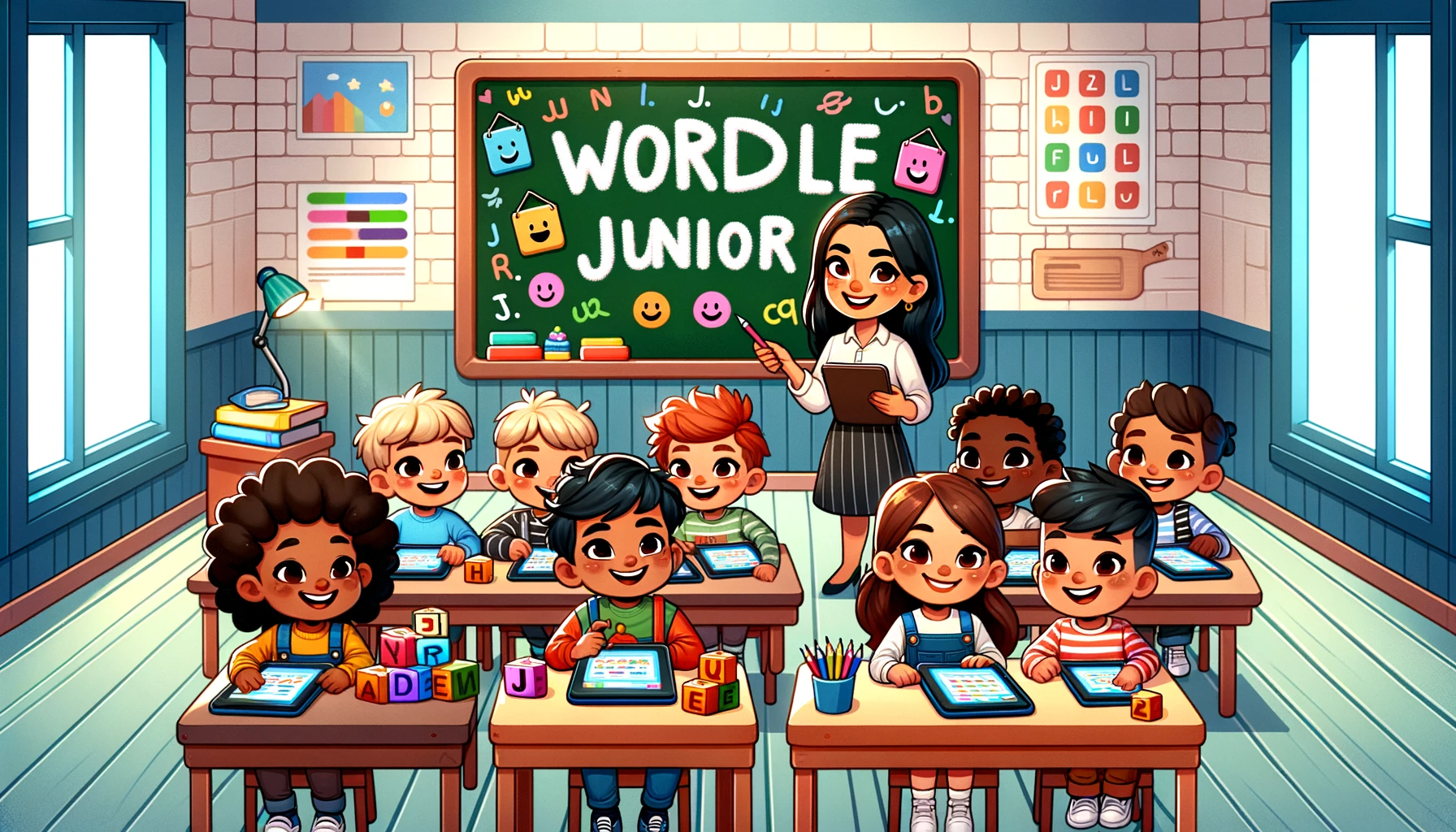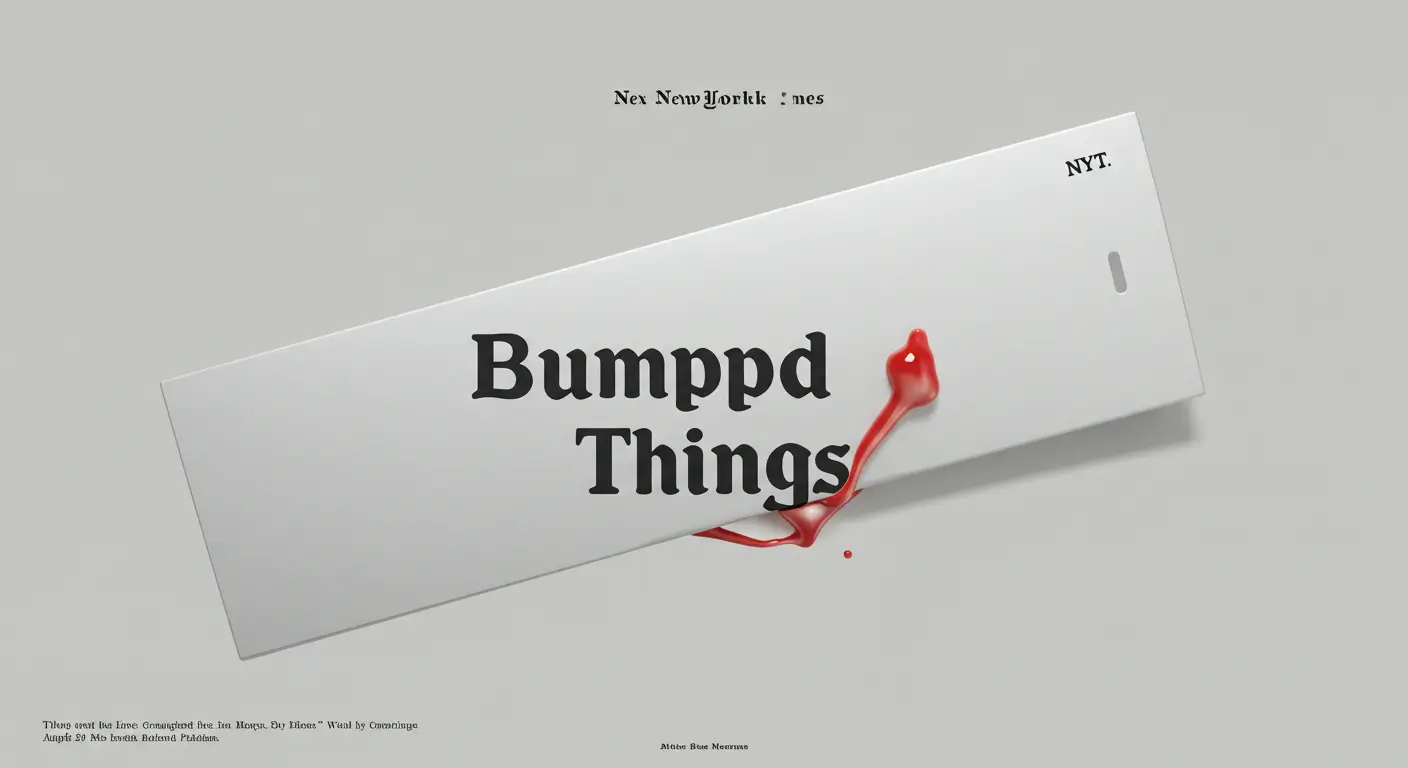One of the most compelling aspects of ‘goading’ in The New York Times crosswords is the personal stories that emerge from these challenges. Many enthusiasts recount tales of ‘goading’ clues that stumped them for hours, days, or weeks, only to find the answer striking them at the most unexpected moment. These anecdotes often include shared experiences with family or friends, where a collective effort led to the solution, reinforcing the communal aspect of crossword solving.
Table of Contents
The Role of ‘Goading’ in Educational Contexts
Interestingly, the concept of ‘goading’ transcends entertainment and has found a place in educational settings. Educators have begun to recognize the value of crossword puzzles, particularly those with ‘goading’ clues, in teaching critical thinking and problem-solving skills. The challenge of deciphering a tricky clue mirrors the challenges students face in real-life situations, teaching them to approach problems from different angles and think creatively.
Cultural References and Timeliness
Another dimension of ‘goading’ in NYT crosswords is contemporary cultural references. These clues serve as a brain teaser and a nod to current events, popular culture, and evolving societal norms. This aspect keeps the puzzles fresh and relevant, encouraging solvers to stay engaged with the world around them. It also reflects the changing language and dialects, showcasing the dynamic nature of English.
Expert Insights: Interviews with Constructors and Editors
Interviews with crossword constructors and editors can be enlightening for gaining deeper insights into the art of ‘goading’. These experts share their perspectives on crafting clues, their challenges in balancing difficulty with solvability, and their satisfaction in stumping yet ultimately rewarding the solvers. These insights humanize the process behind crossword creation, adding a layer of appreciation for the puzzles.

International Perspectives
While The New York Times crosswords are quintessentially American, the concept of ‘goading’ in crosswords is international. Comparing how different cultures approach crossword puzzles and ‘goading’ clues can reveal interesting variations and commonalities in language use and puzzle-solving approaches. This global perspective can enrich the understanding of crosswords as a universal pastime.
Future of ‘Goading’ in Crosswords
Looking ahead, the future of ‘goading’ in crosswords seems bright. As technology advances, we might see more interactive and dynamic forms of crosswords, with ‘goading’ clues that adapt to the solver’s skill level or incorporate multimedia elements. However, the core appeal of ‘goading’ – the intellectual challenge and the joy of solving – will remain constant in the crossword experience.
Conclusion: A Celebration of Language and Wit
In sum, ‘goading’ in The New York Times crosswords is a test of knowledge and a celebration of language, wit, and the human capacity for creative thinking. It’s a daily reminder of the joys and frustrations inherent in the pursuit of knowledge and a testament to the enduring appeal of crosswords as both a pastime and a tool for learning and engagement.
Explore: Wordle Answer Today
Frequently Asked Questions (FAQs) About “Goading” in The New York Times Crossword
1. Where can I do the NYT Crossword for free?
- Answer: Accessing The New York Times Crossword, known for its ‘goading’ or challenging clues, for free can be tricky, as it’s generally a paid feature. However, some public libraries offer free access to NYT’s digital services, including crosswords. Occasionally, NYT might offer free puzzles on their website or mobile app. These free versions may include the classic ‘goading’ clues that NYT is famous for.
2. How do you start to scream or shout in New York Times Crossword clues?
- Answer: In NYT Crossword puzzles, a clue like “start to scream” or “shout” typically uses ‘goading’ to refer to the initial letter of the word mentioned. In these examples, the answer would likely be ‘S’, the first letter of ‘scream’ or ‘shout’. This form of ‘goading’ is a standard crossword technique, challenging the solver to think differently about the clue’s wording.
3. What is squee-inducing?
- Answer: ‘Squee-inducing’ in NYT Crosswords refers to clues or answers that are exceptionally clever or delightful, eliciting an excited reaction (often termed as ‘squee’). This concept often overlaps with ‘goading’, as these squee-inducing moments usually arise from solving a particularly clever or misleading clue that the puzzle constructor has craftily devised.
4. How many crossword submissions does the NYT get, and what role does ‘goading’ play in selection?
- Answer: The New York Times receives hundreds of crossword submissions each month. The selection process is highly competitive, particularly emphasising unique, clever, and ‘goading’ clues that challenge and engage solvers. Constructors aspiring to be published in NYT often focus on crafting puzzles that include these elements, a hallmark of the NYT crossword style.










